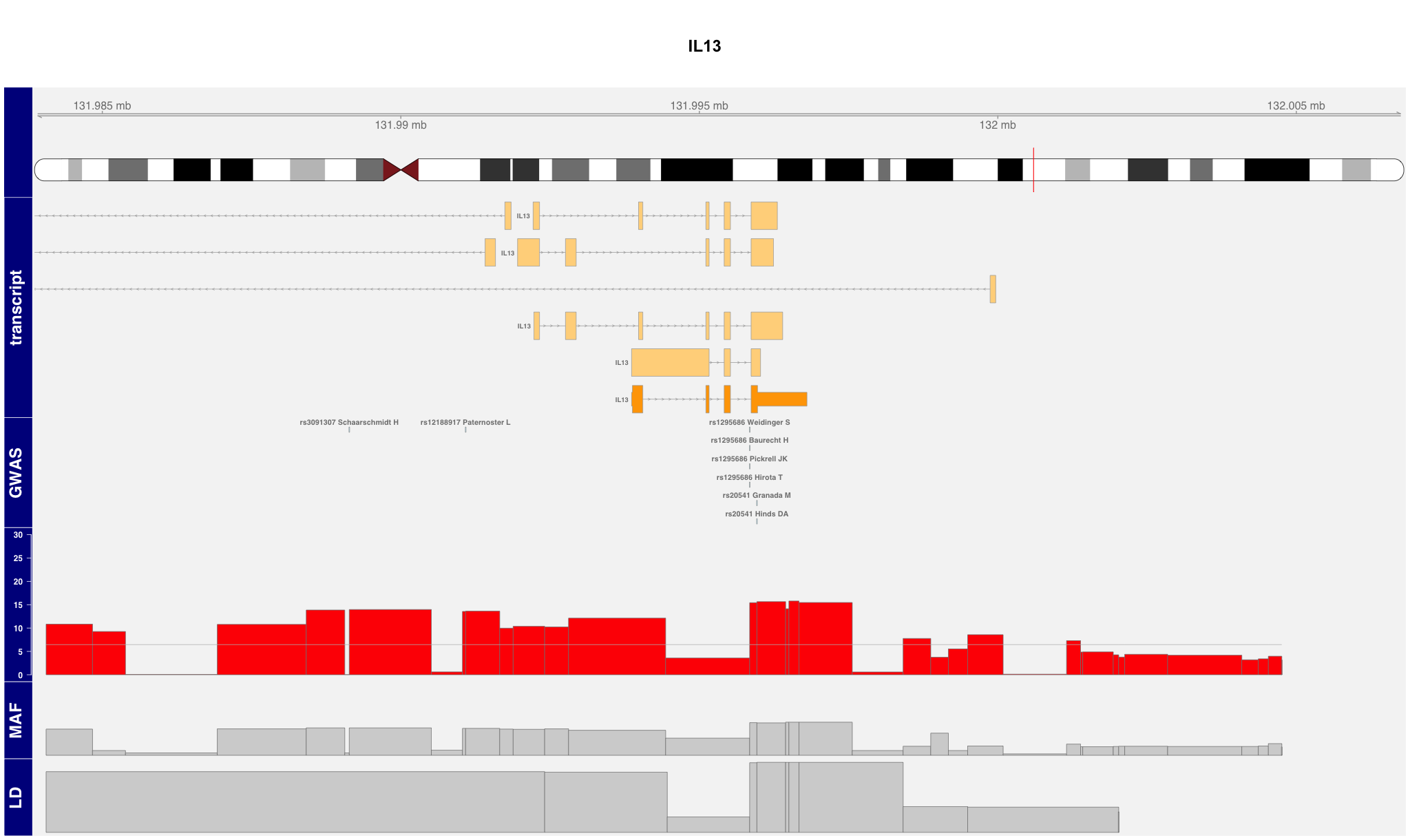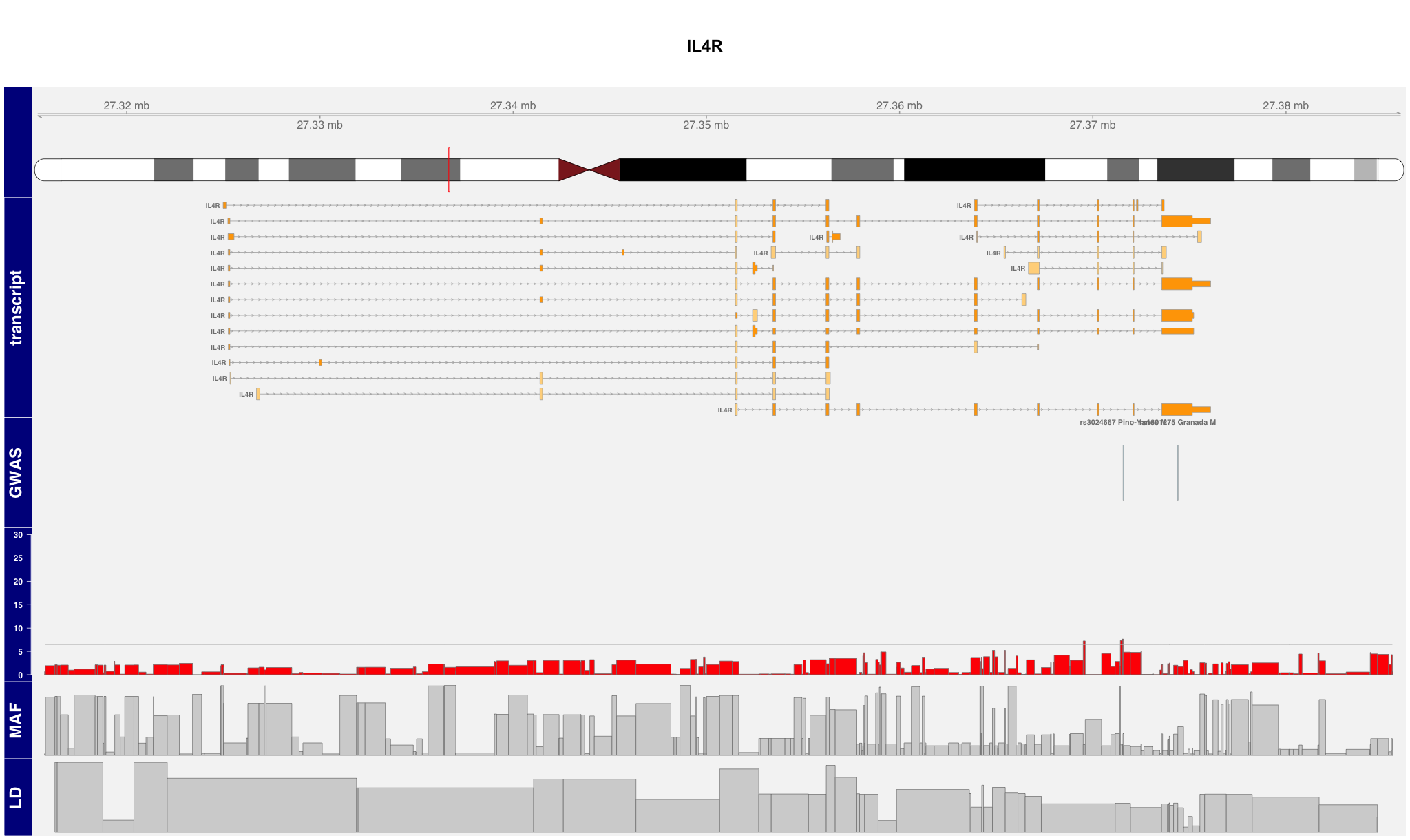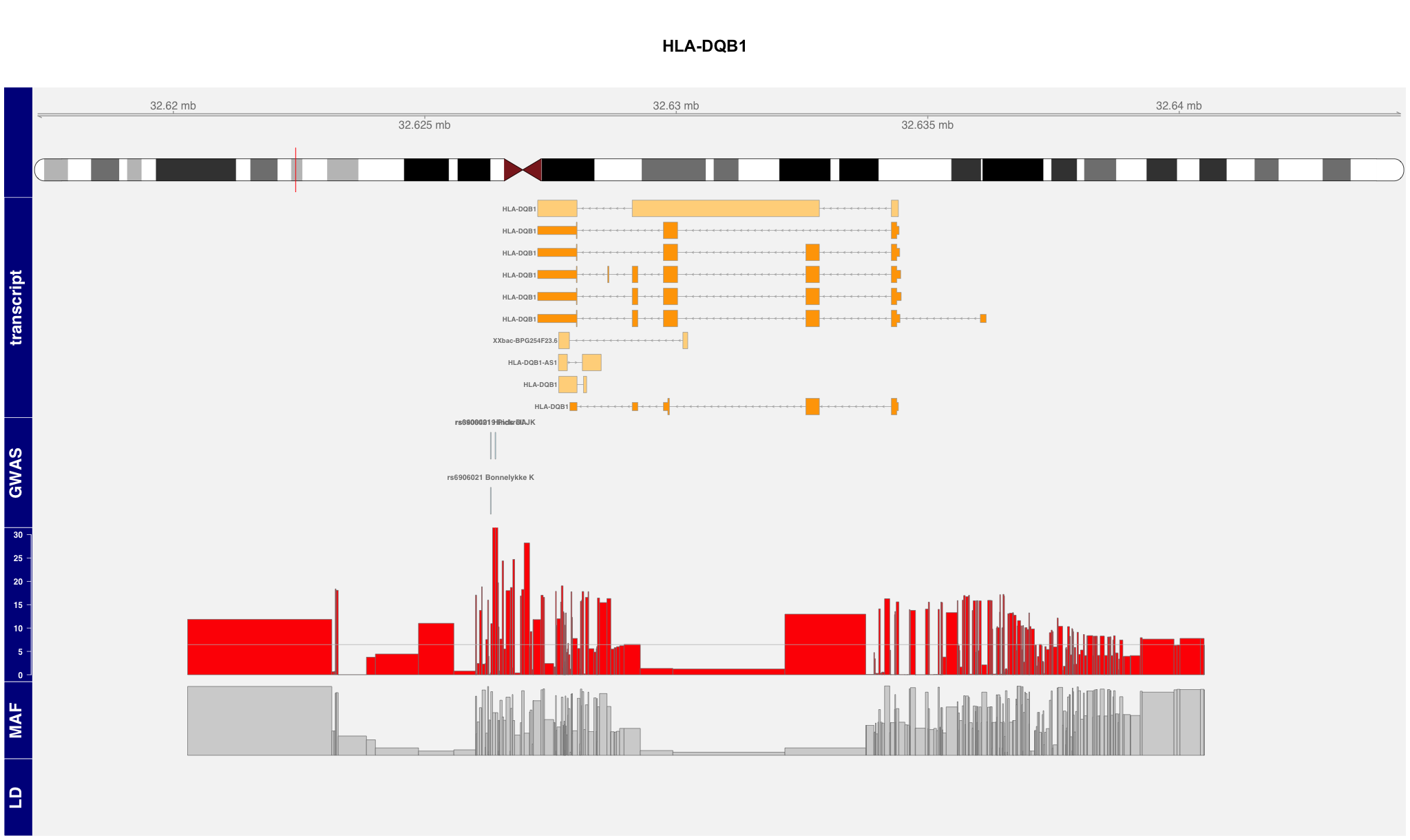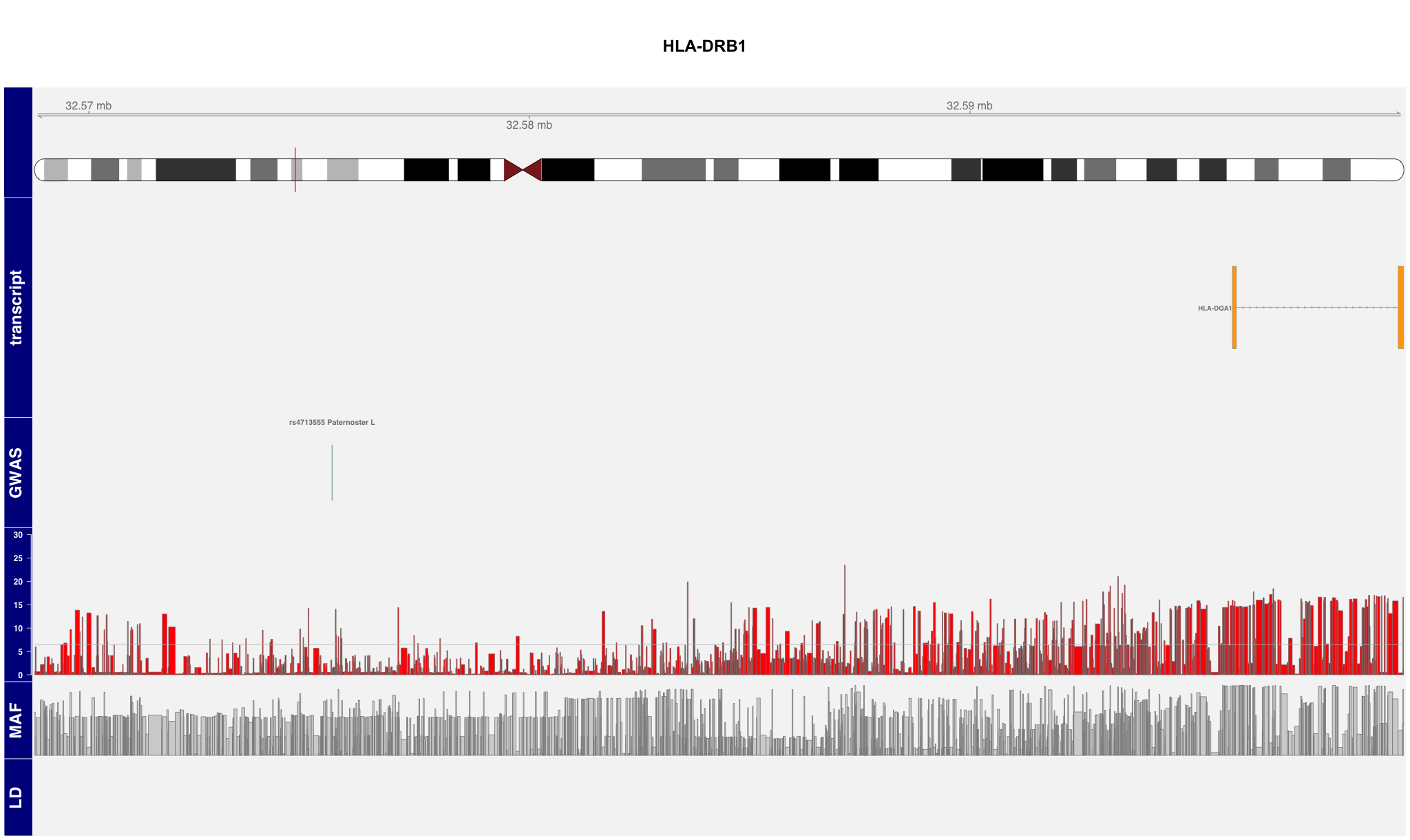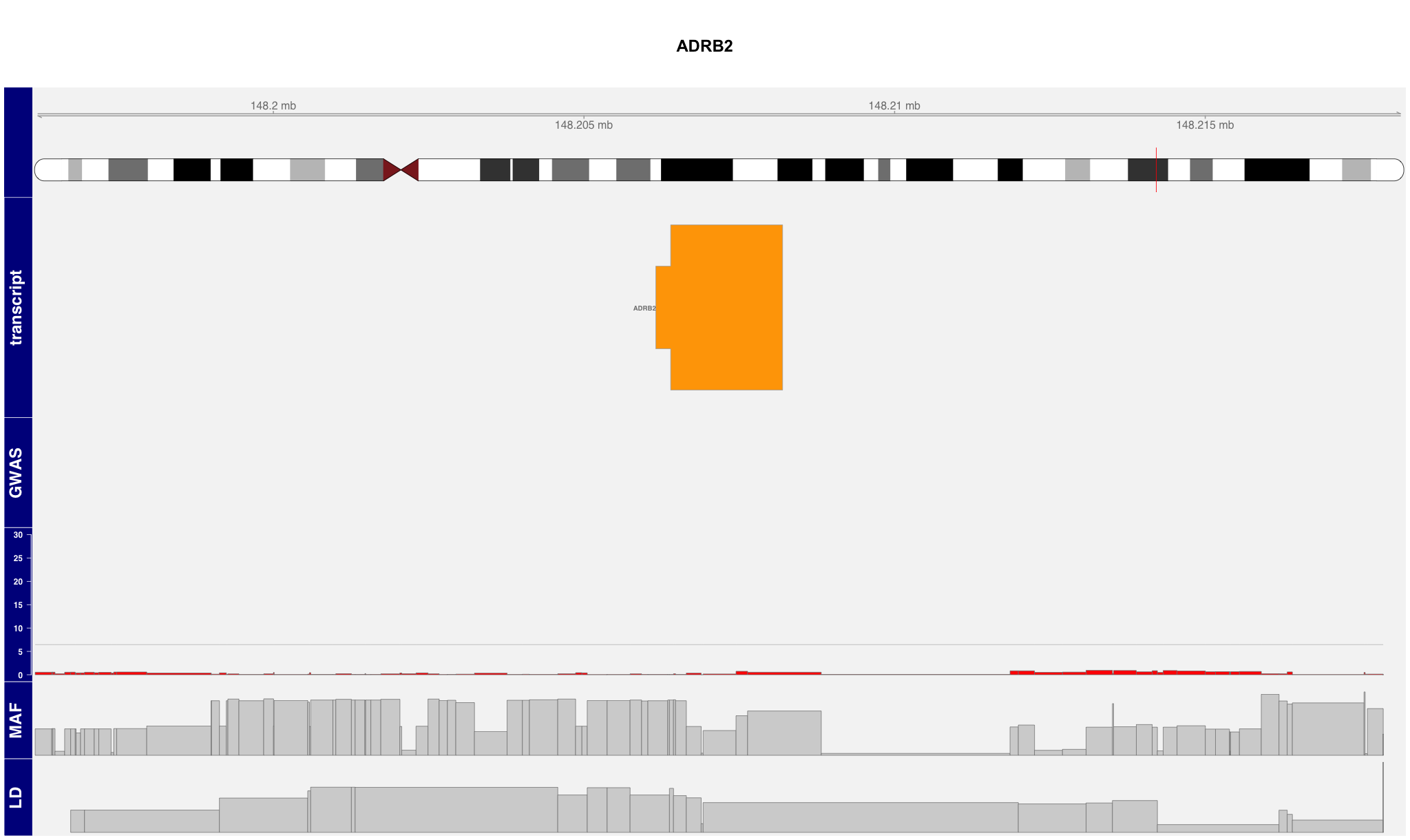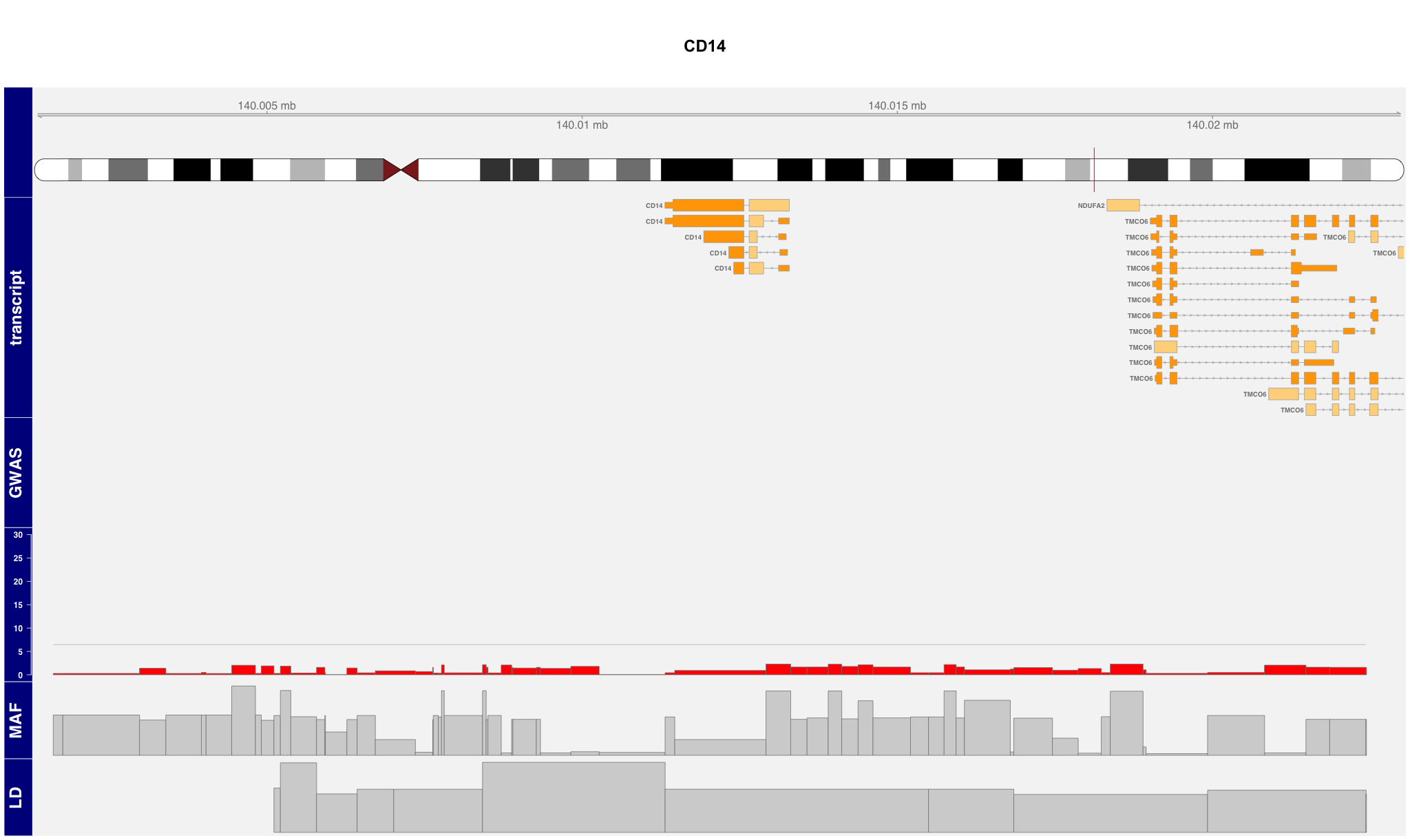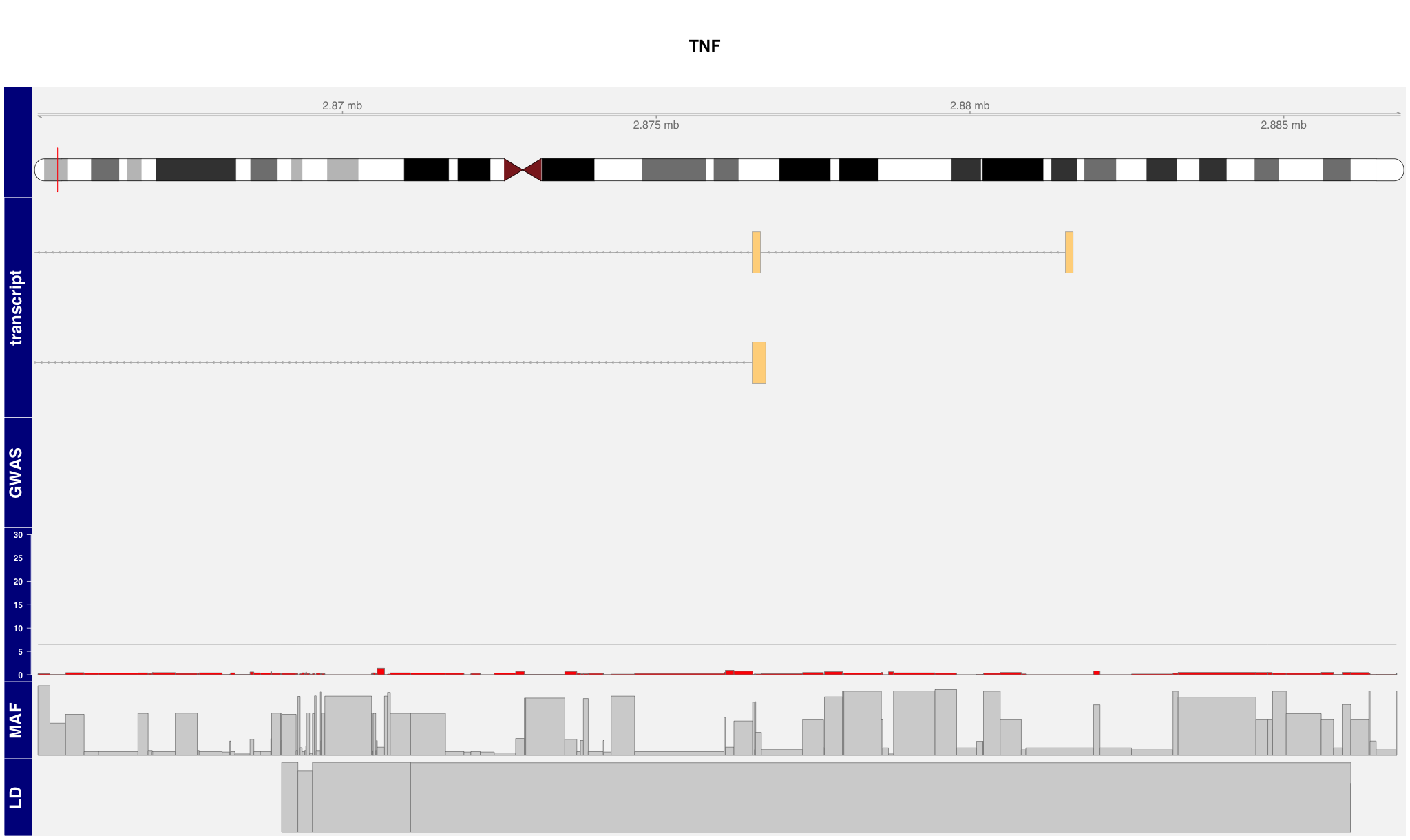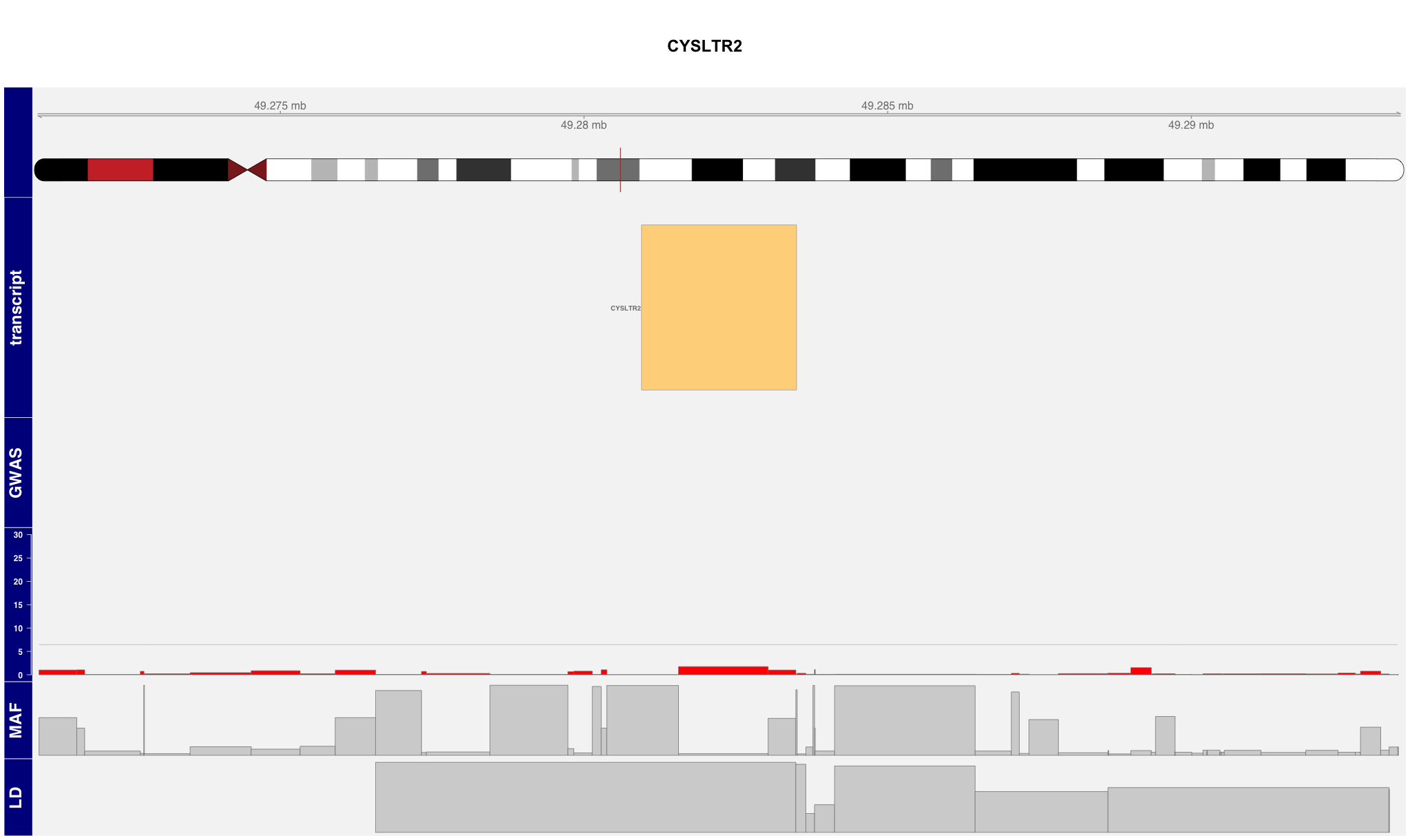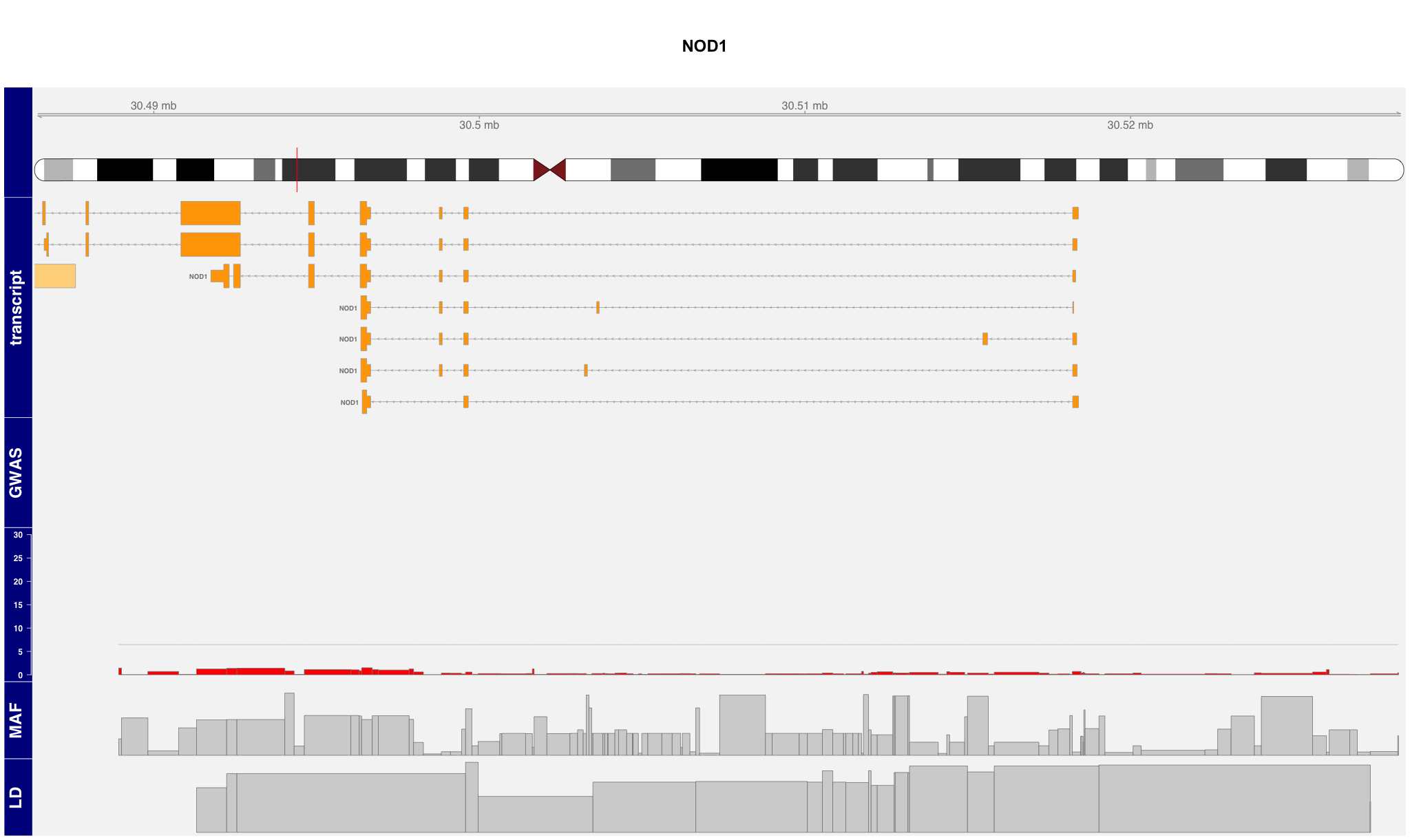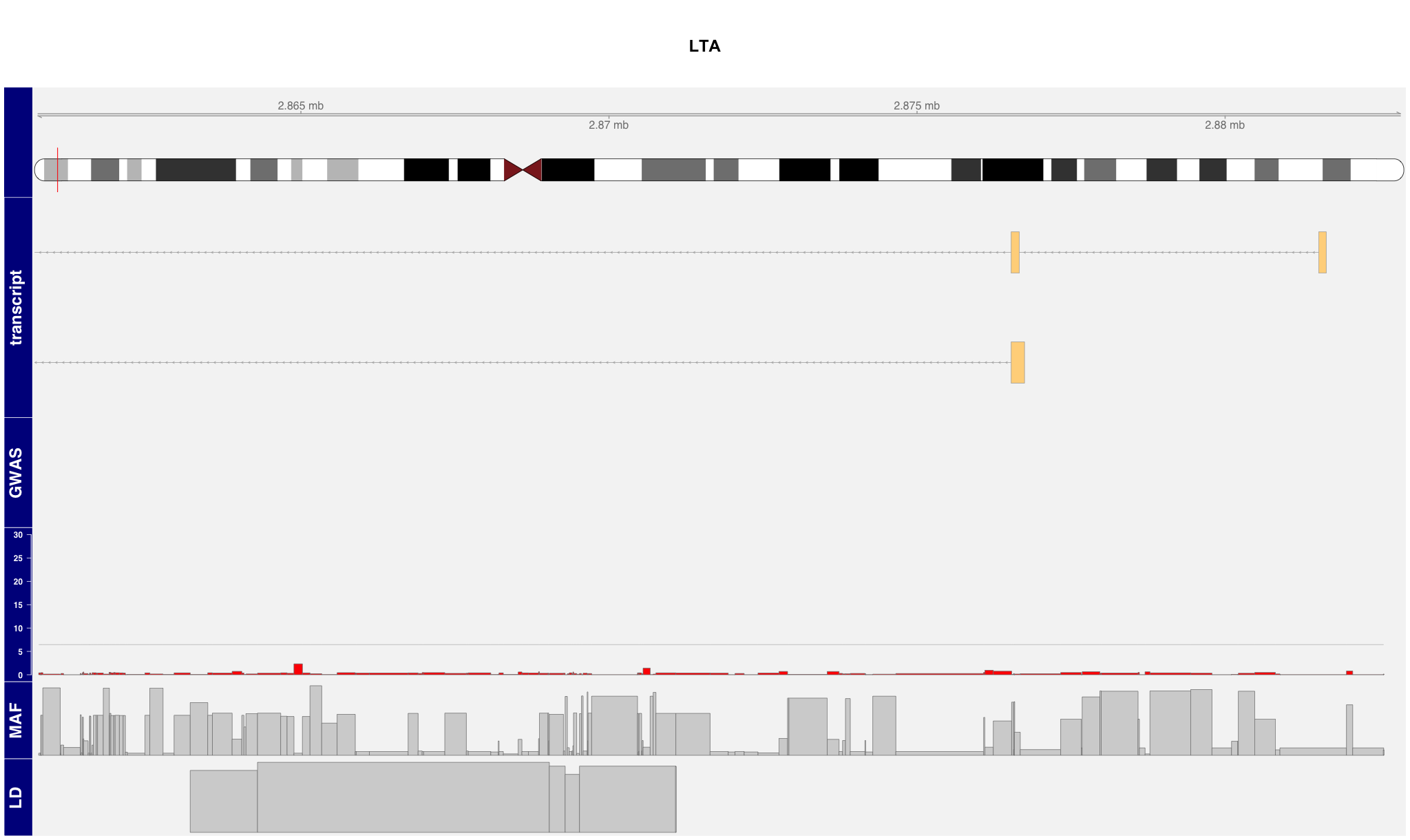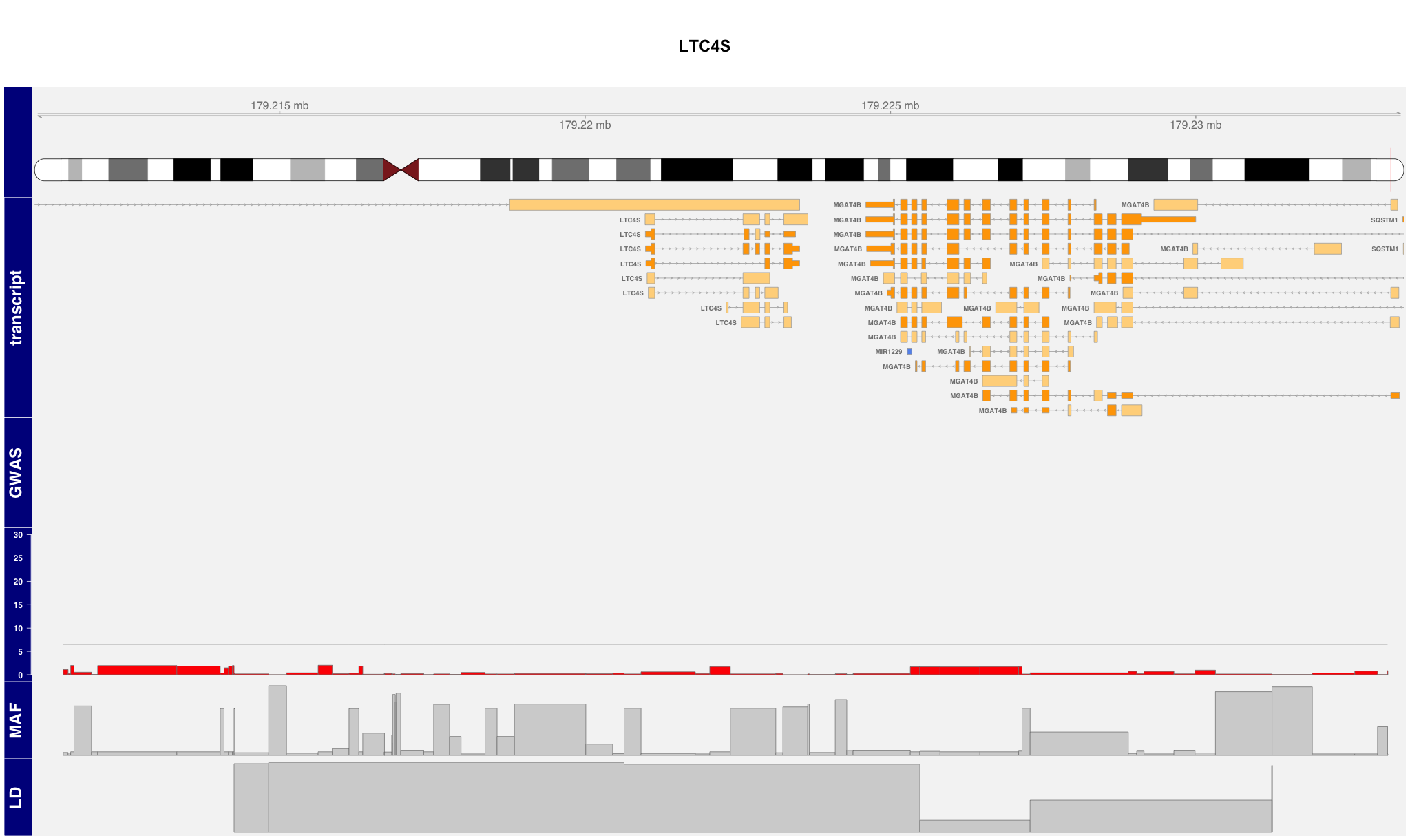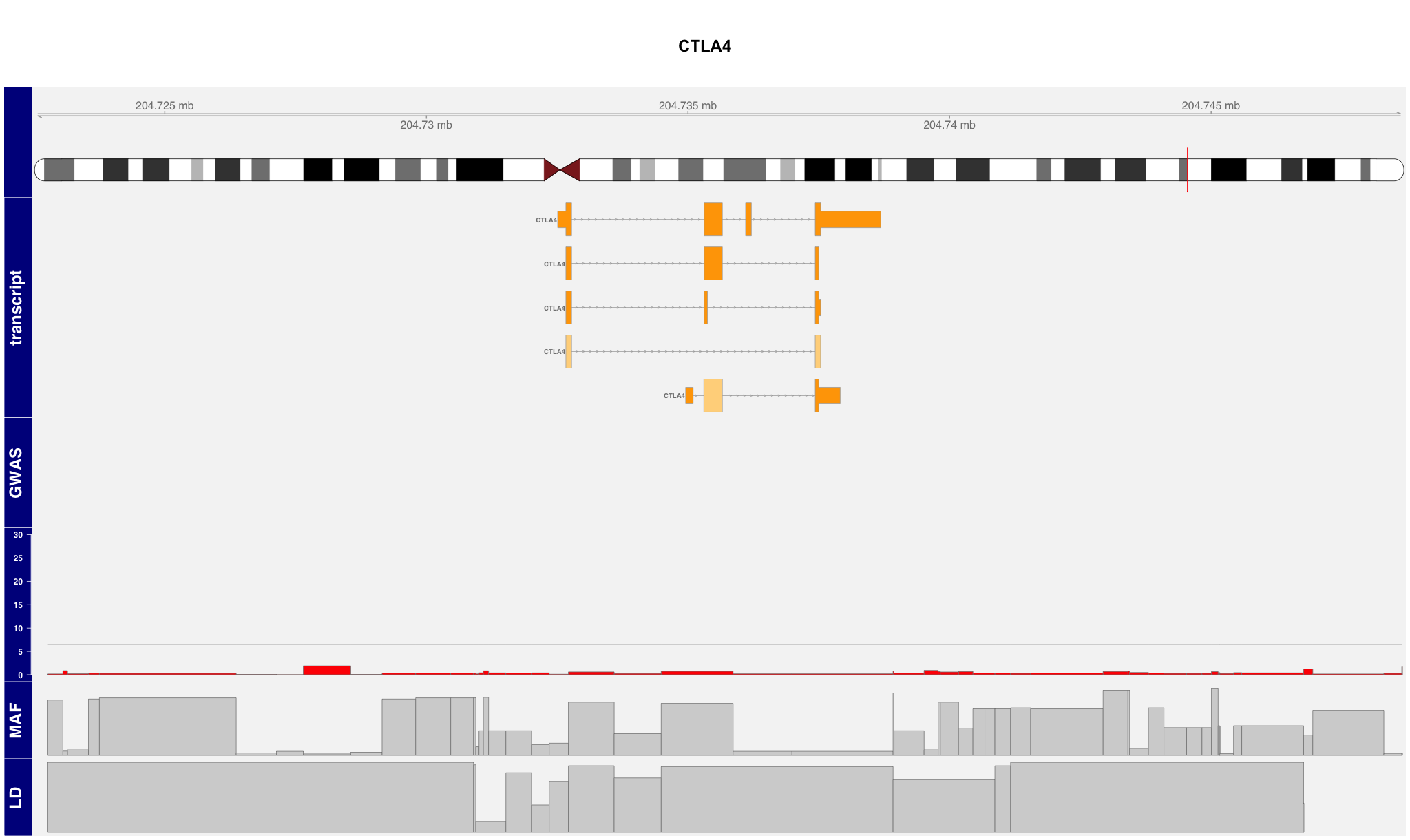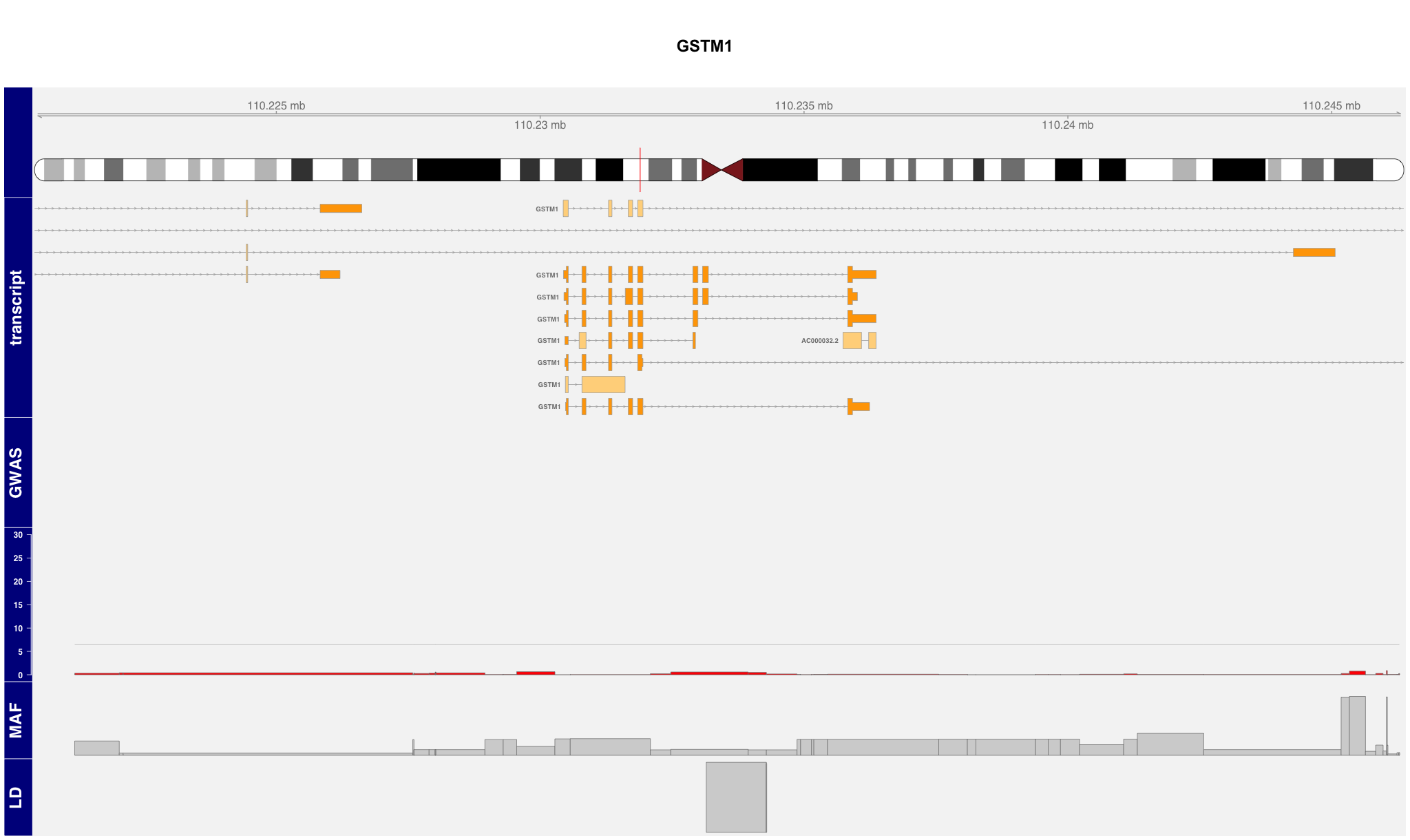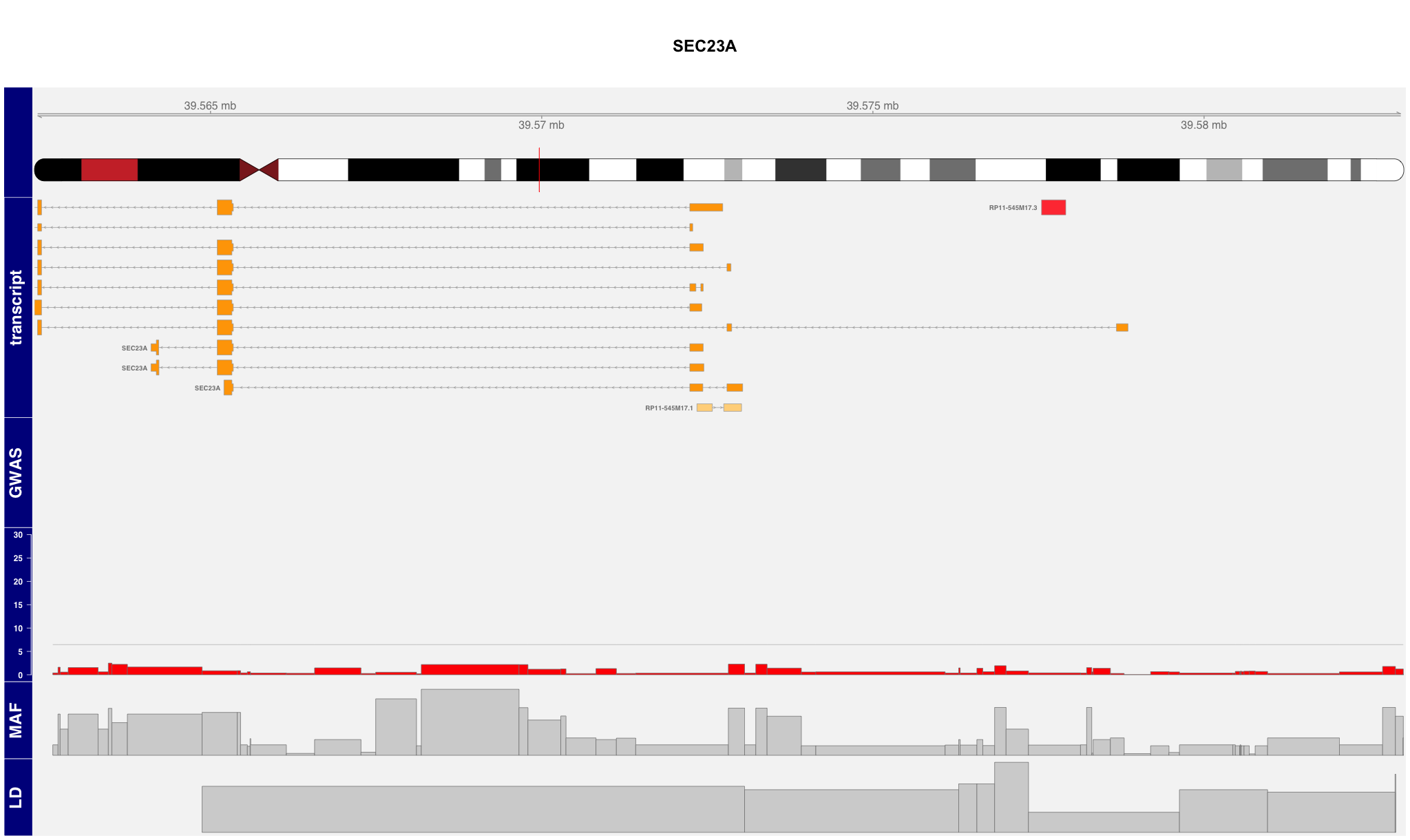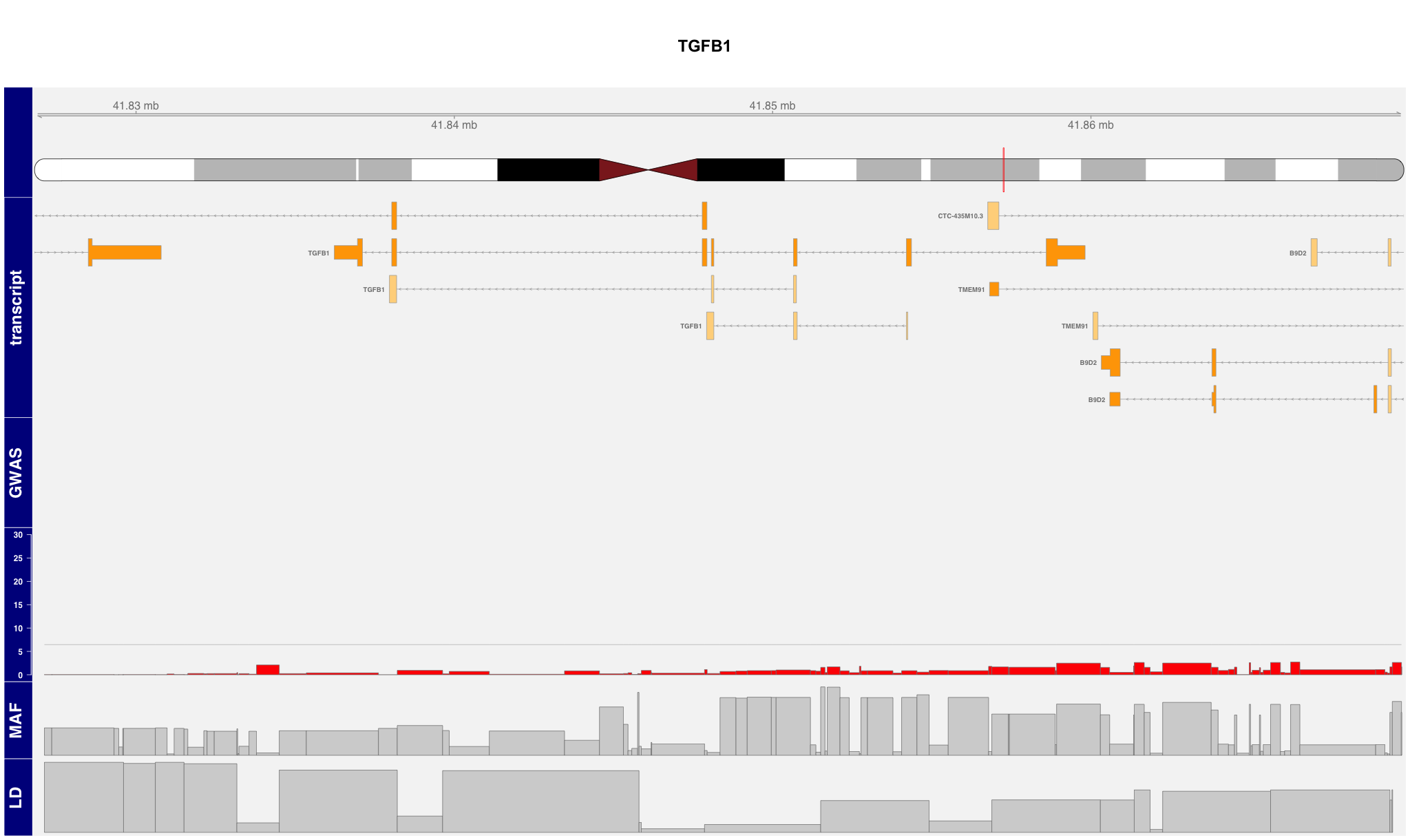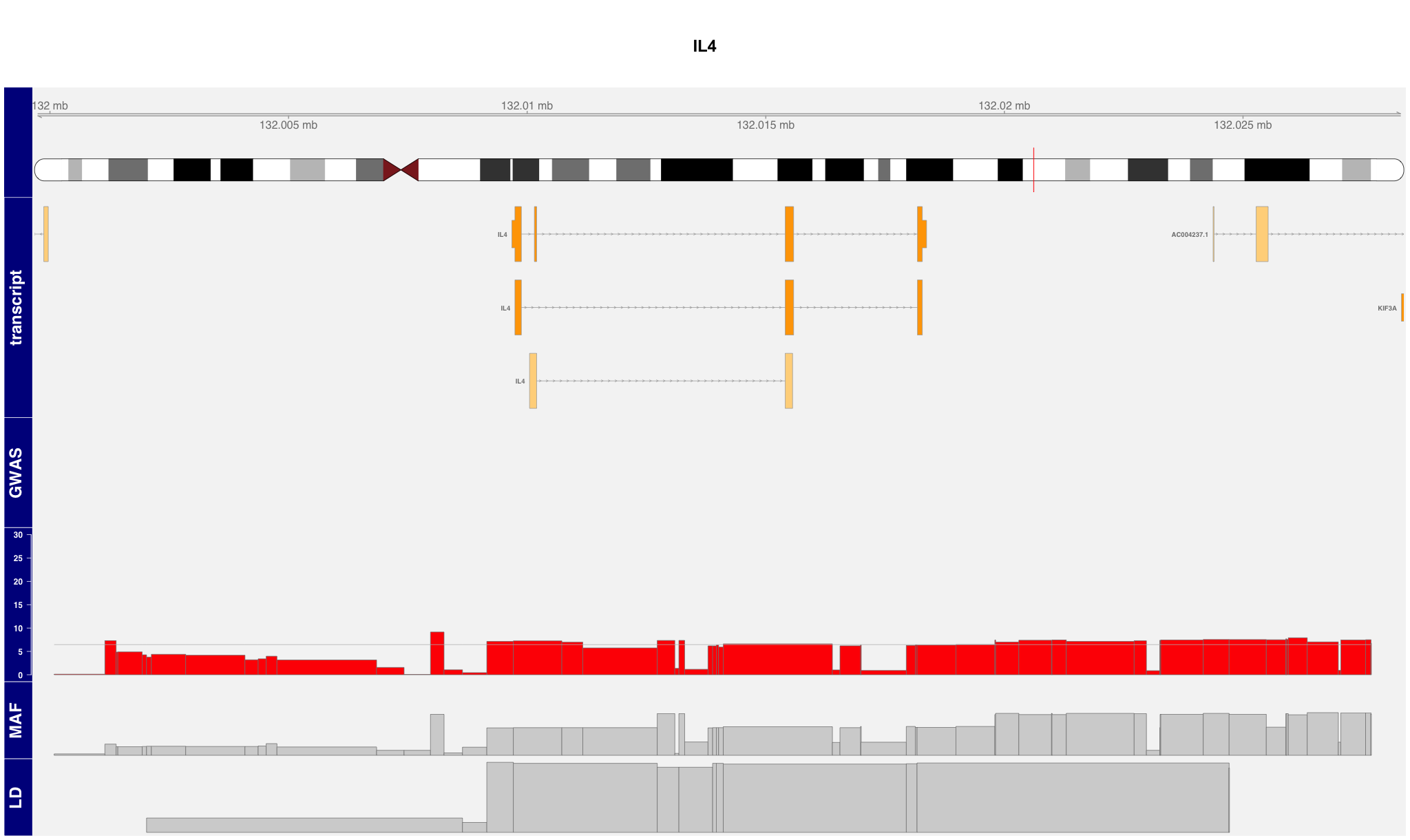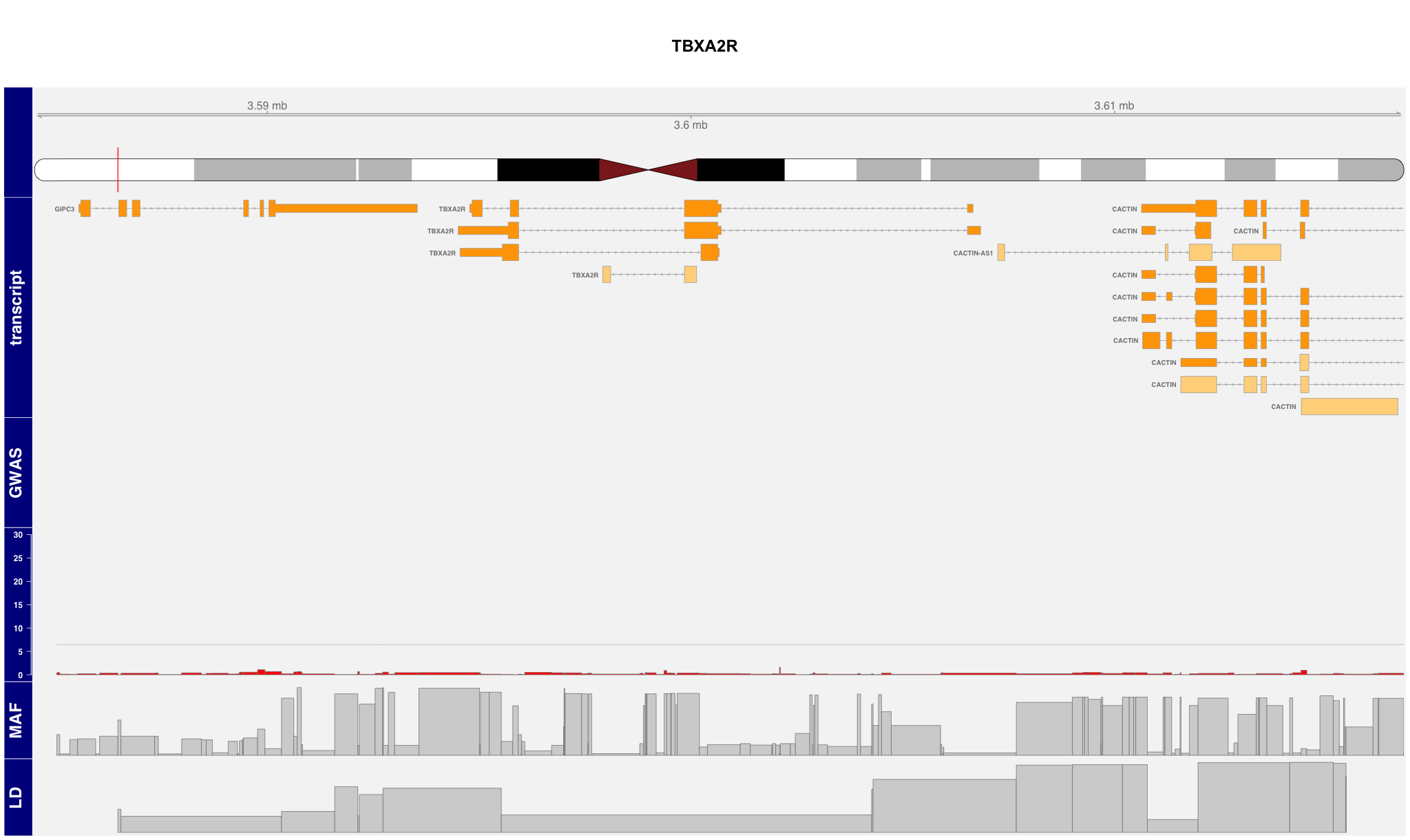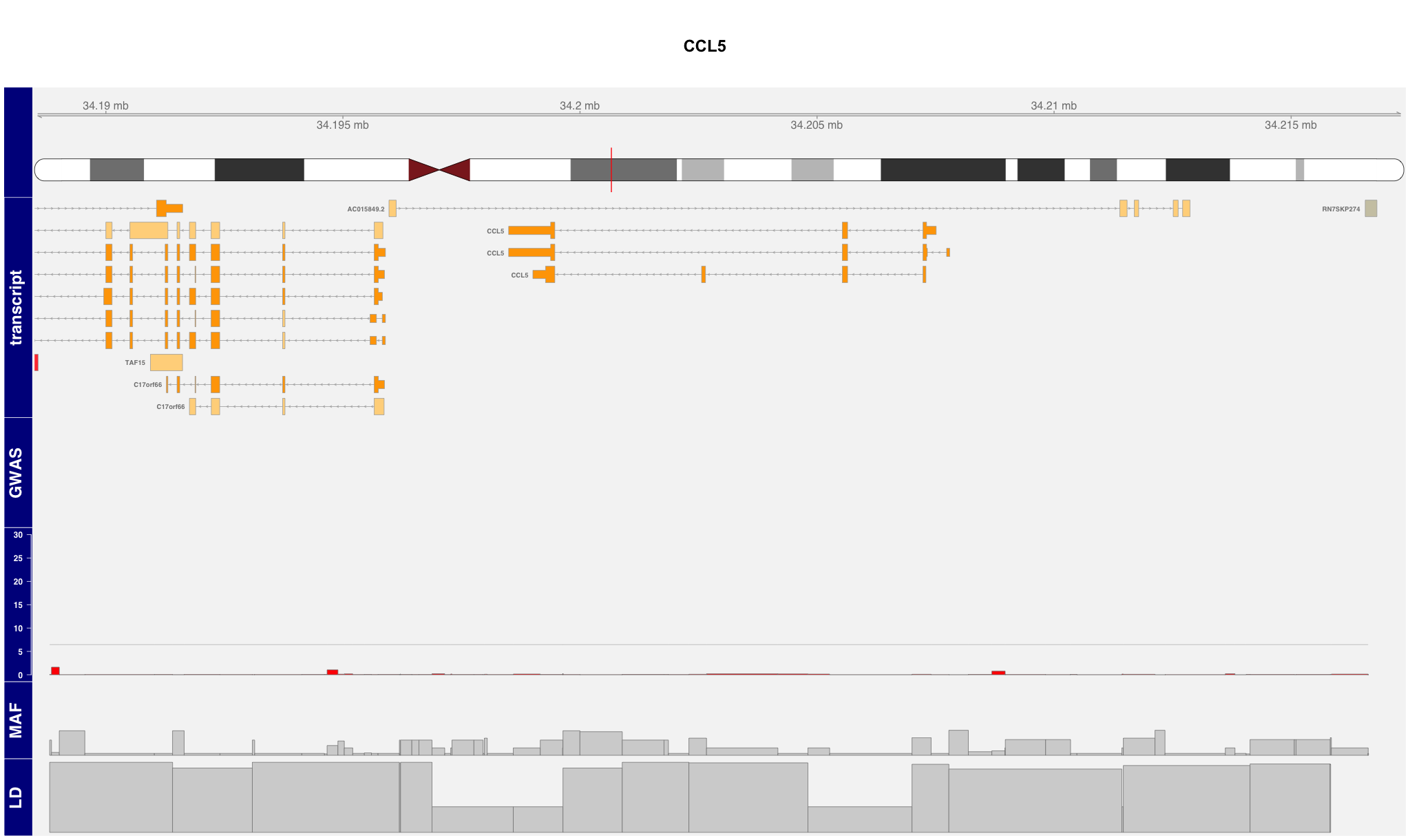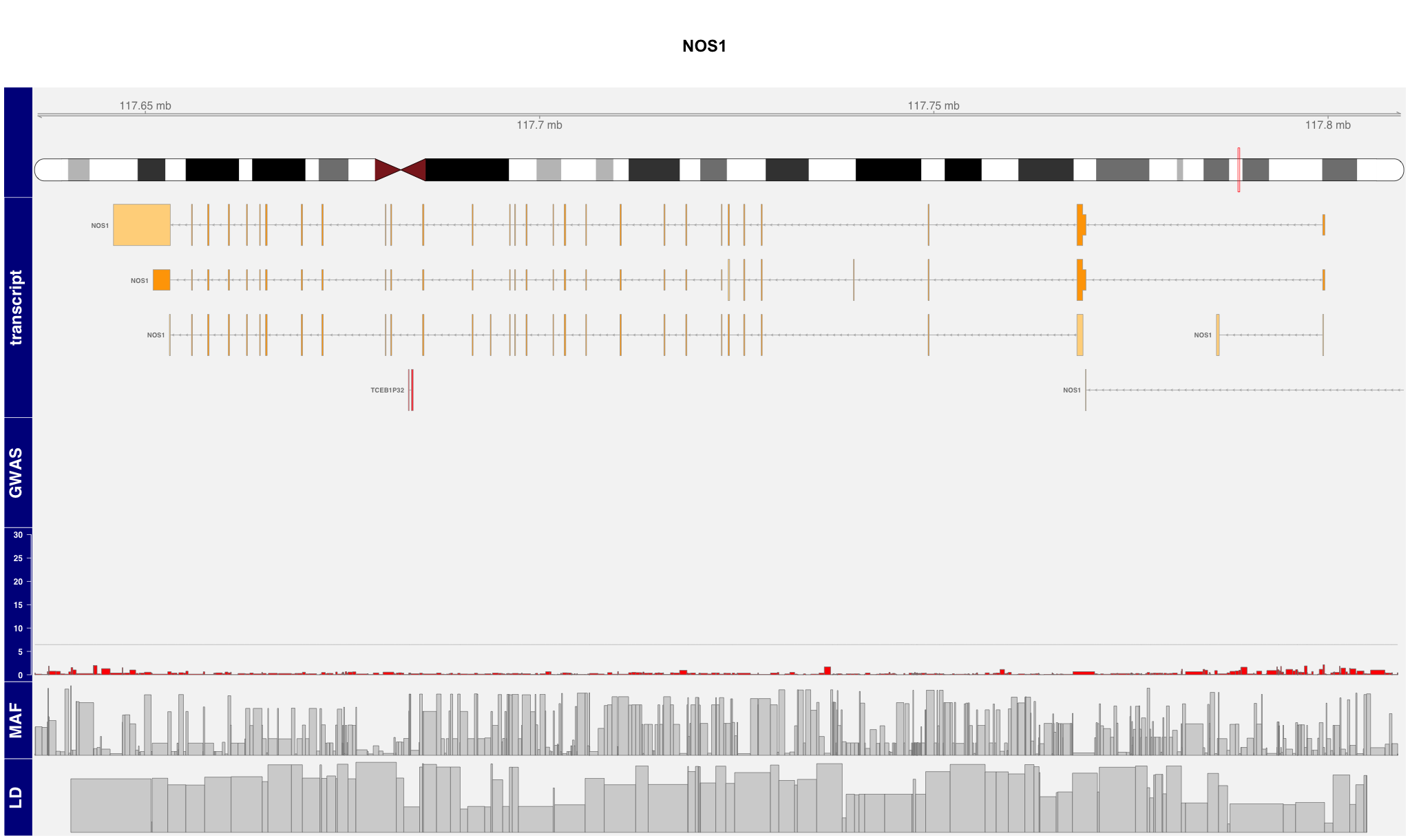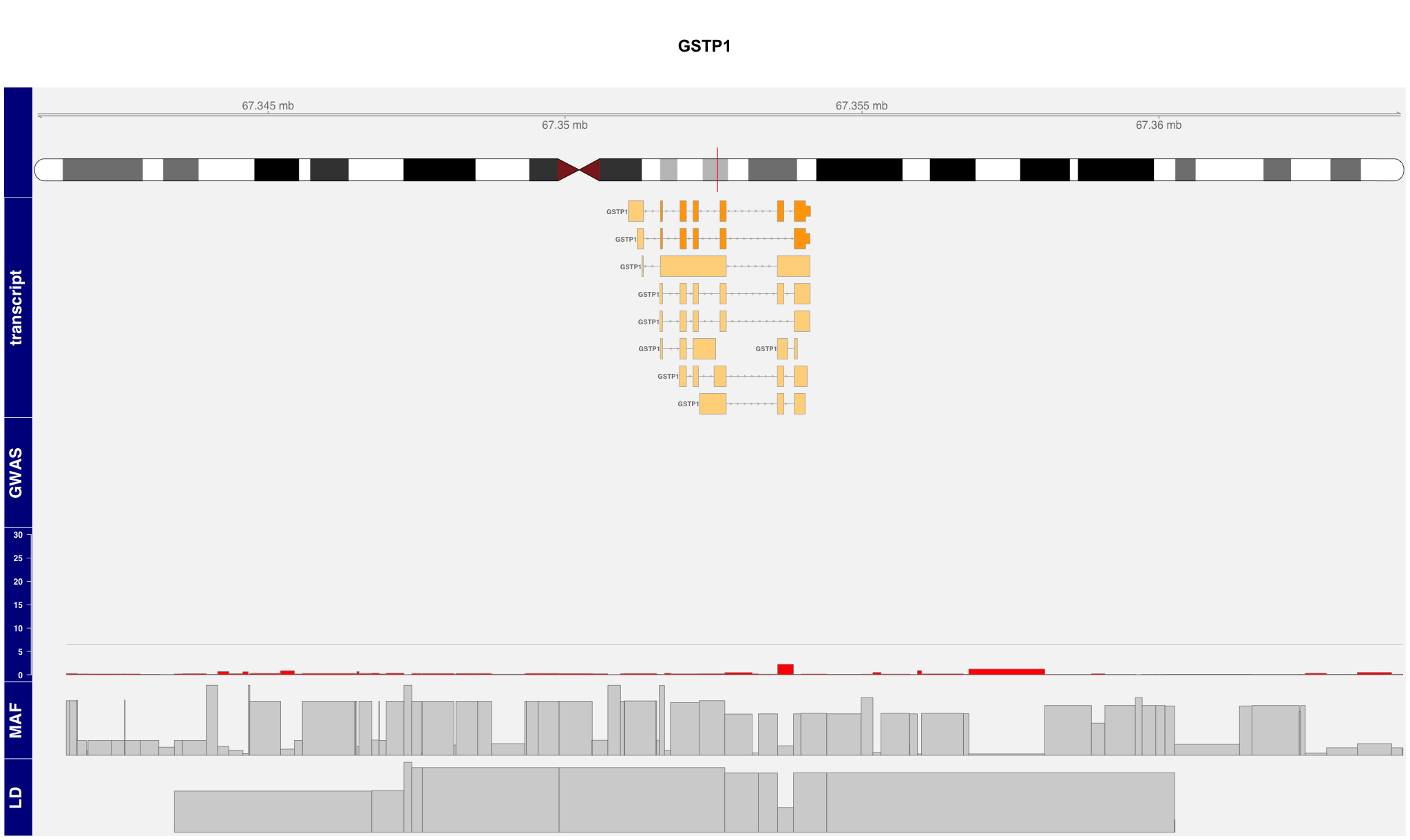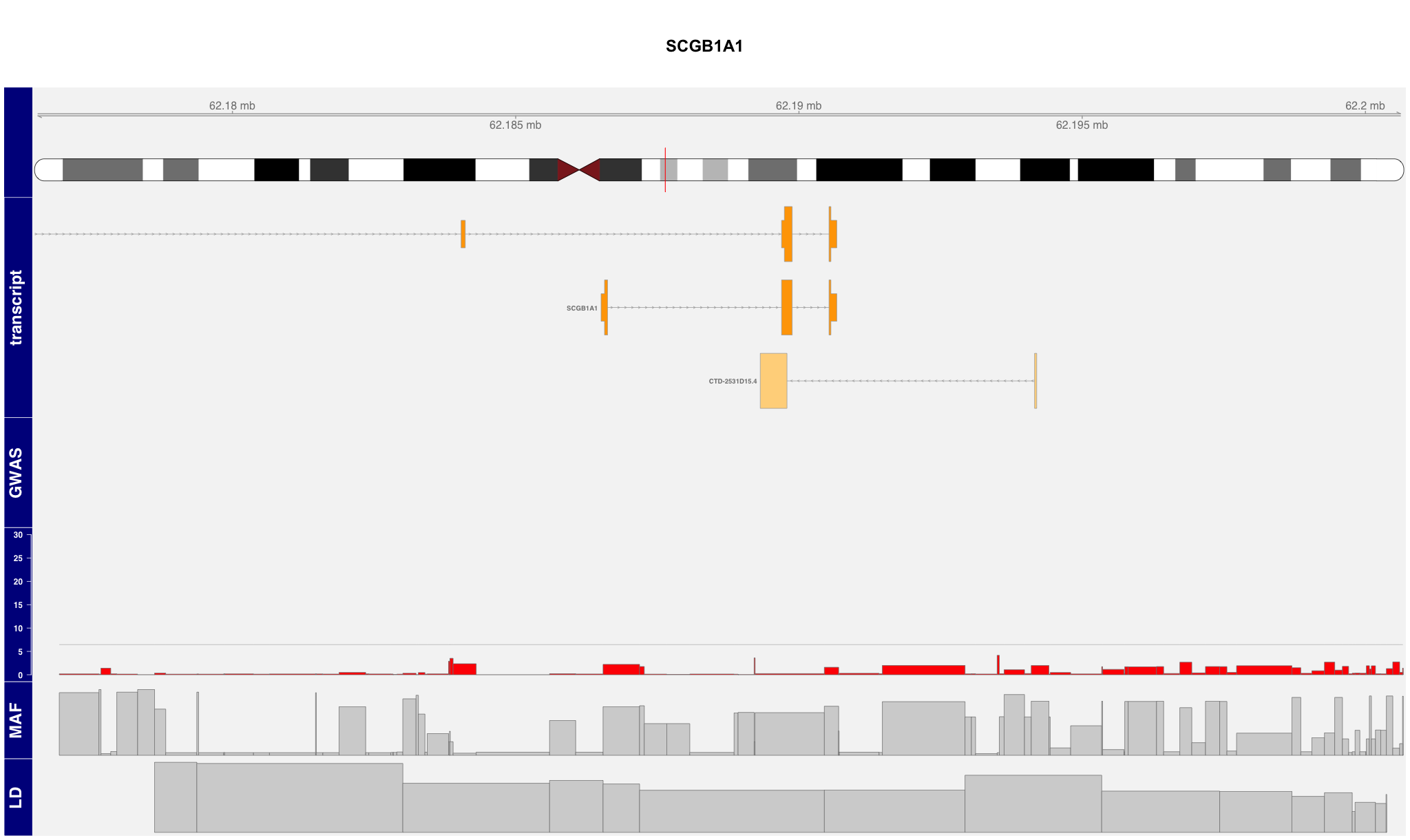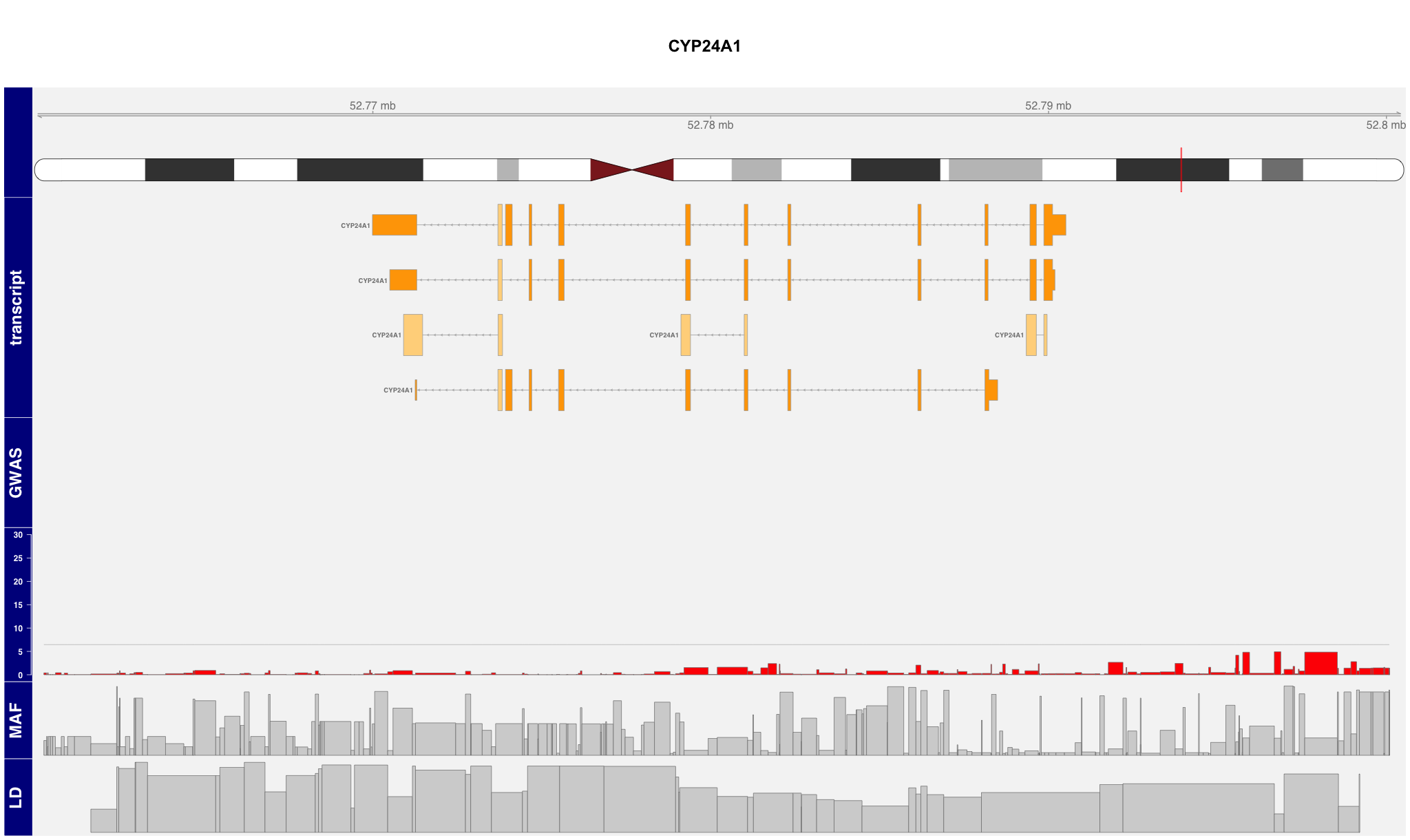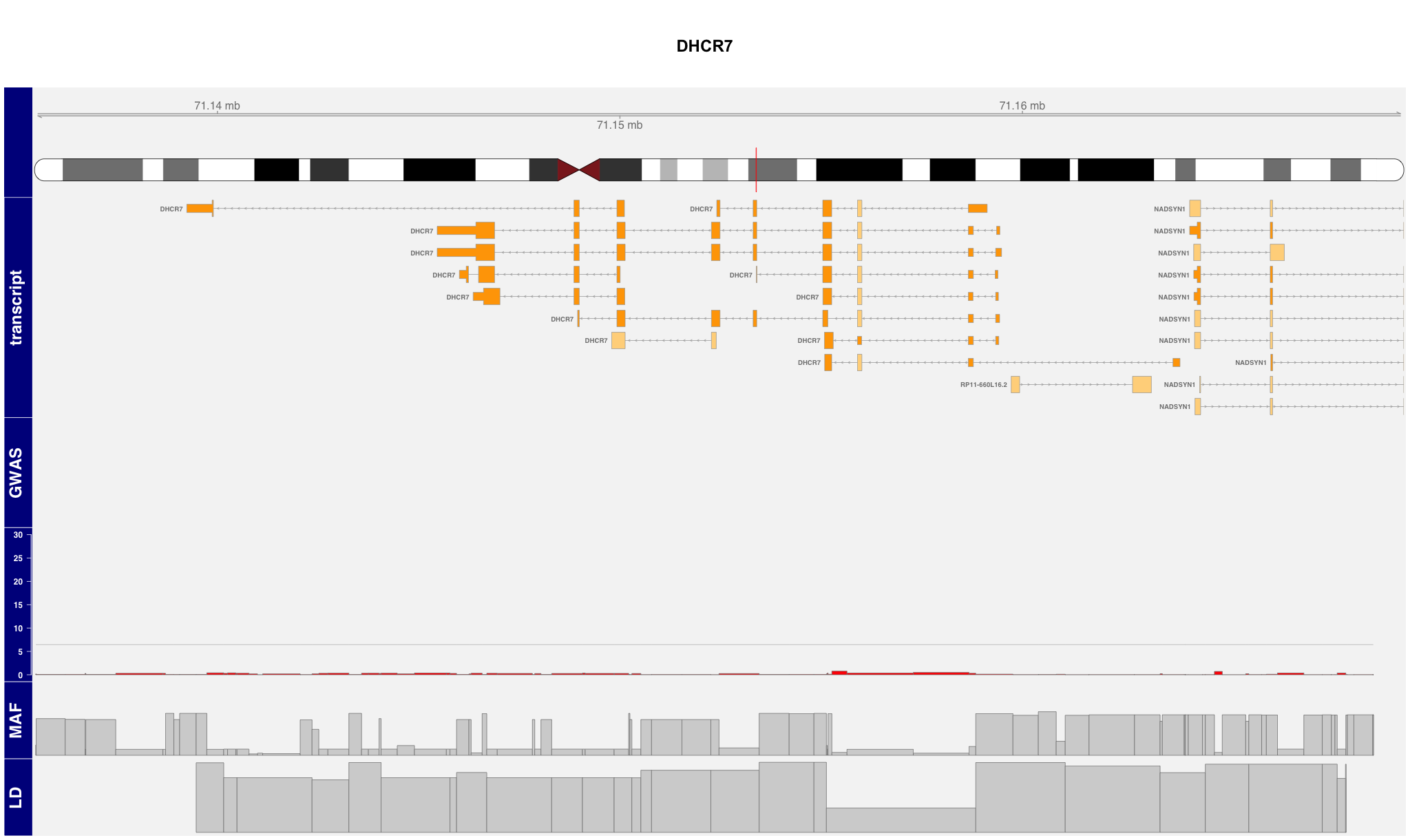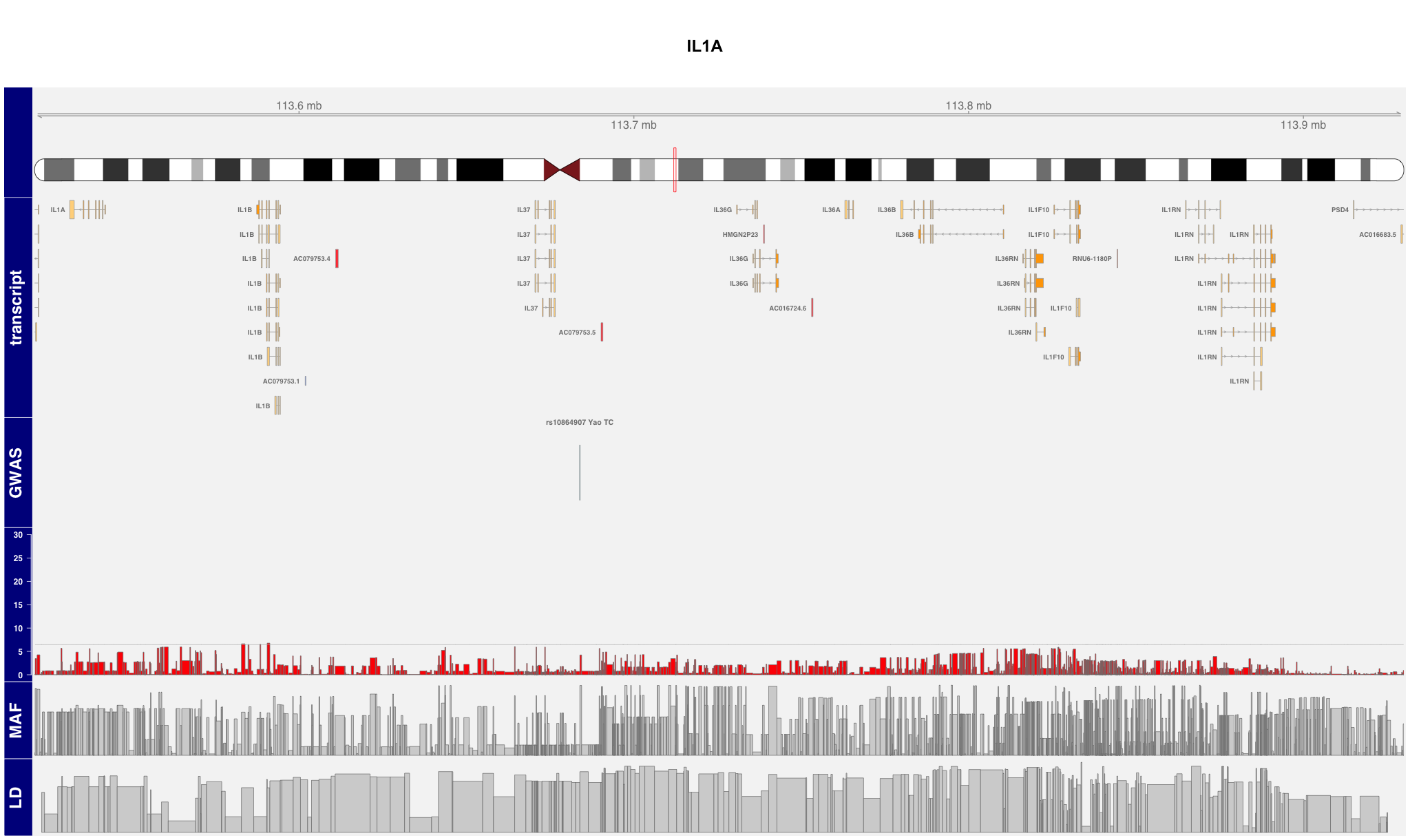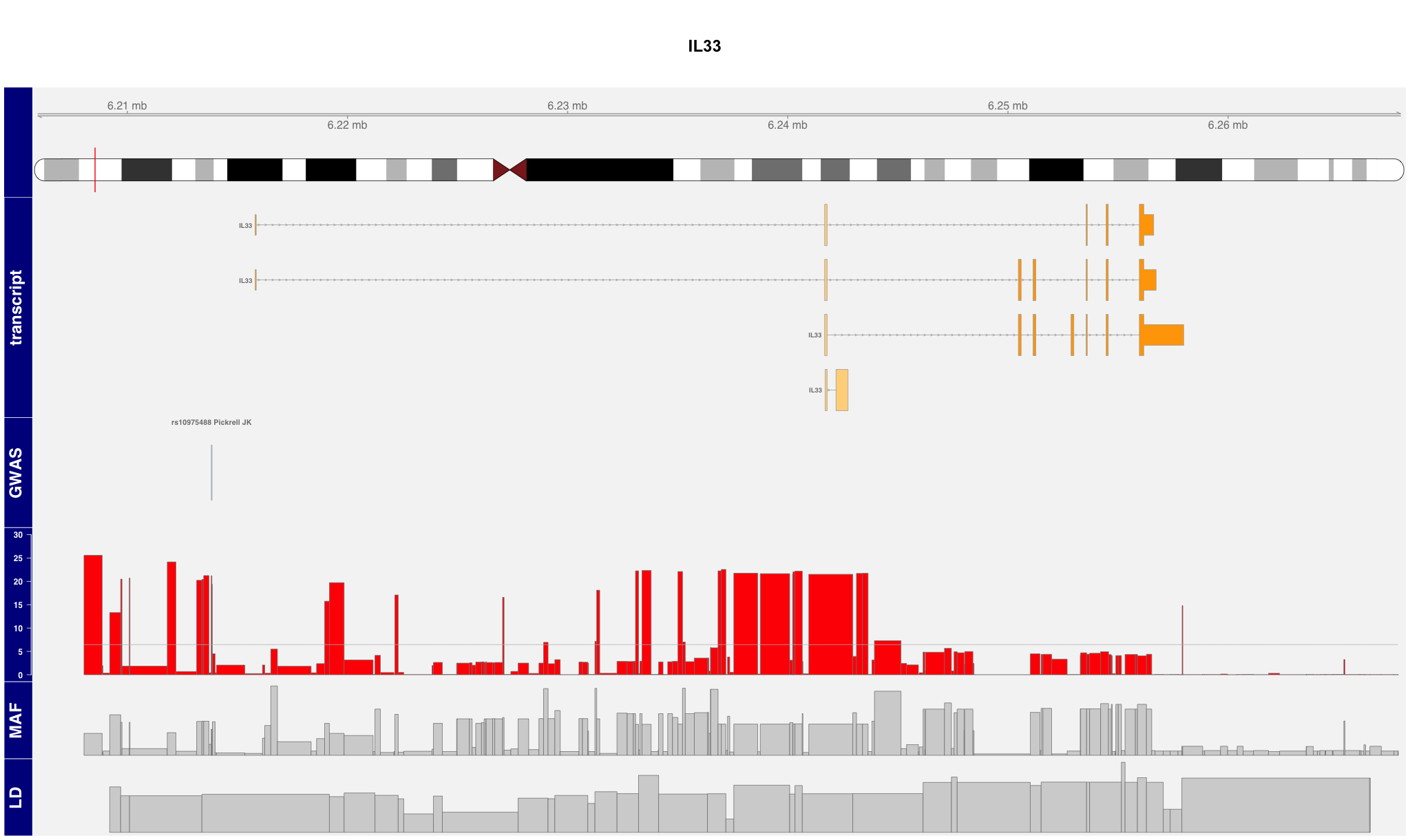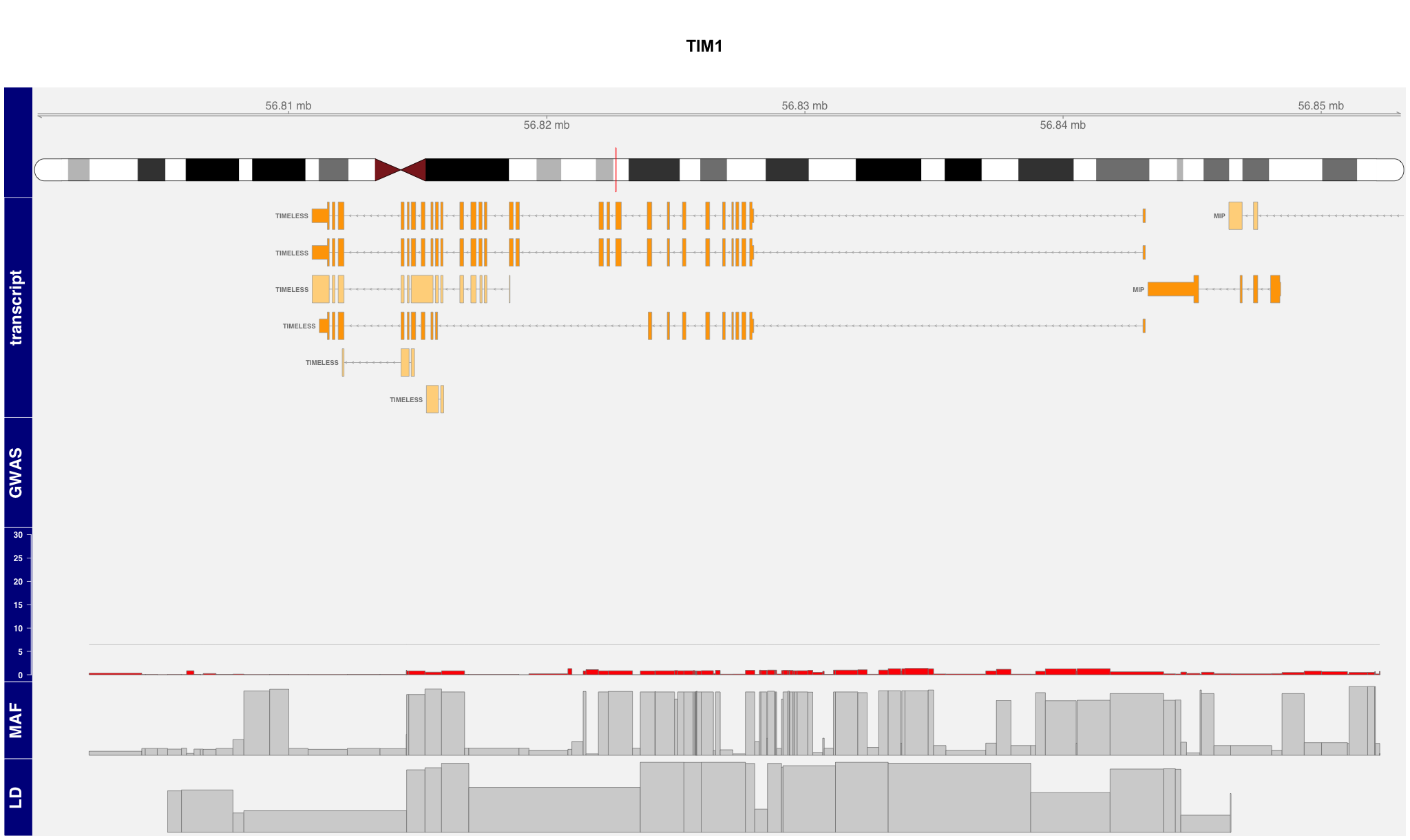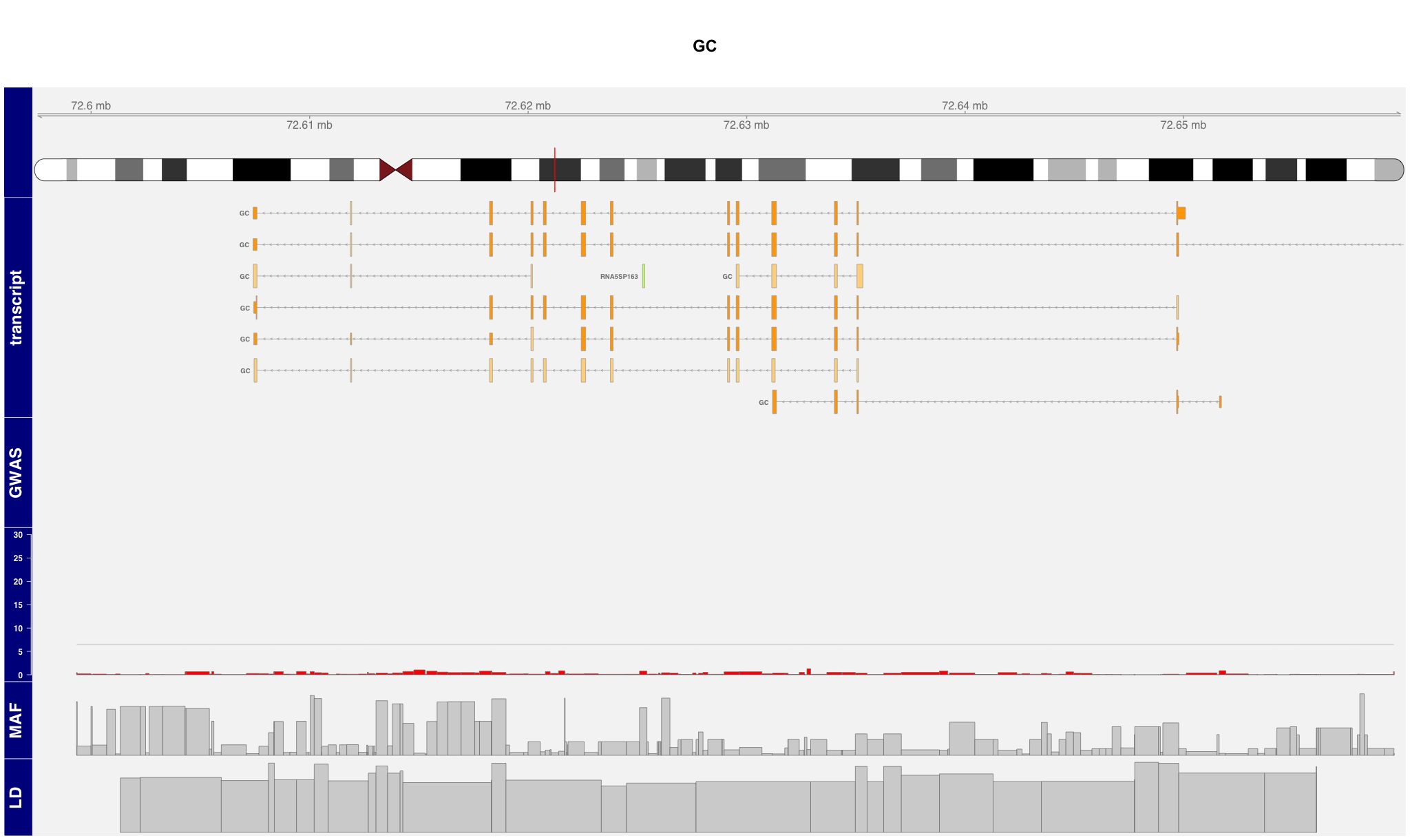Here is some background information of my forthcoming talk.
Congress: European Academy of Allergy and Clinical Immunology
Congress: 2018 Munich
Session number: OAS 03
Session title: Pan-omics in respiratory and skin disorders
Session date: Sunday, 27 May 2018
Session time: 10:30 – 12:00
Session room: Hall C
Abstract number: 0012
Background: In the pre-GWAS era (1993-2007) numerous association studies have been published in renowned journals including The Lancet, New England Journal of Medicine, Nature, Nature Genetics, Nature Immunology, Science and Human Molecular Genetics. They all showed an association of allergy related traits while these results have not been systematically matched with results from current GWAS studies.
Method: We are now following up several prominent associations by comparing the previously published results with currently deposited data at the NHGRI-EBI Catalog of published genome-wide association studies http://www.ebi.ac.uk/gwas NHGRI-EBI listed phenotypes were only selected if they are not suffering themselves from serious problems like unstandardized outcomes. Also the SNP marker set should have a good coverage of the region of interest.
Results: In total 26 allergy associated genes could be reanalyzed. The initial association could not be confirmed for CD14, ADRB2, TNF, MS4A2, ADAM33, GSTM1, IL10, CTLA4, SPINK5, LTC4S, LTA, NPSR1, NOD1, SCGB1A1, GSTP1, NOS1, CCL5, TBXA2R, and TGFB1. Some genes showed borderline significant results like IL4 and IL4R while only IL13, HLA-DRB1, HLA-DQB1, IL1 cluster and STAT6 were clearly associated also in recent GWAS studies.
Conclusion: Most of the early SNP association studies could not be replicated which has also been described in other disease areas (“non- replication crisis”). Assumed reasons range from insuffficient editorial oversight, poor review, phenotyping or genotyping errors, selective reporting or intentional fraud. In addition there are numerous study inherent problems like population stratification or wrong significance thresholds that may have led to largely irreproducible results.
